Commercial Banks Eye Virtual Asset Industry
In a bold move, commercial banks in Korea are seeking permission to enter the virtual asset industry, aiming to enhance discretionary investment and trust systems. This initiative is seen as a potential step towards the issuance of won-based stablecoins, marking a significant shift in the financial sector's approach to digital assets.
Regulatory Hurdles and Future Aspirations
Despite their current role in fostering a sound virtual asset market through real-name verified accounts, banks face legal barriers that exclude virtual asset businesses from their permissible activities. A bank official highlighted the desire to expand into digital asset management and storage, emphasizing the need for regulatory changes to support the ecosystem's growth beyond exchange-centric models.
Expanding Beyond Financial Services
The banking sector's ambitions extend into non-financial domains, including distribution, transportation, and ICT, advocating for principle-based regulations to accommodate industry convergence. This reflects a broader trend of financial institutions seeking to diversify their services and strengthen platform competitiveness.
Call for Clearer Regulations and Sanctions
Banks are also pushing for more defined regulations, particularly concerning sanctions, to ensure predictability and legal stability. The absence of a statute of limitations for sanctions under current laws presents challenges, prompting calls for reforms akin to those in the Administrative Fundamental Act.
Credit Card Industry's Parallel Request
Similarly, the credit card industry is advocating for the ability to open payment-exclusive accounts, aiming to streamline settlements and reduce intermediary fees. This move underscores the financial sector's collective push towards innovation and efficiency in the digital age.
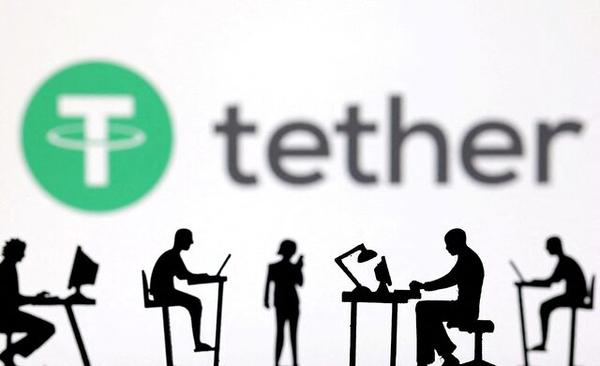

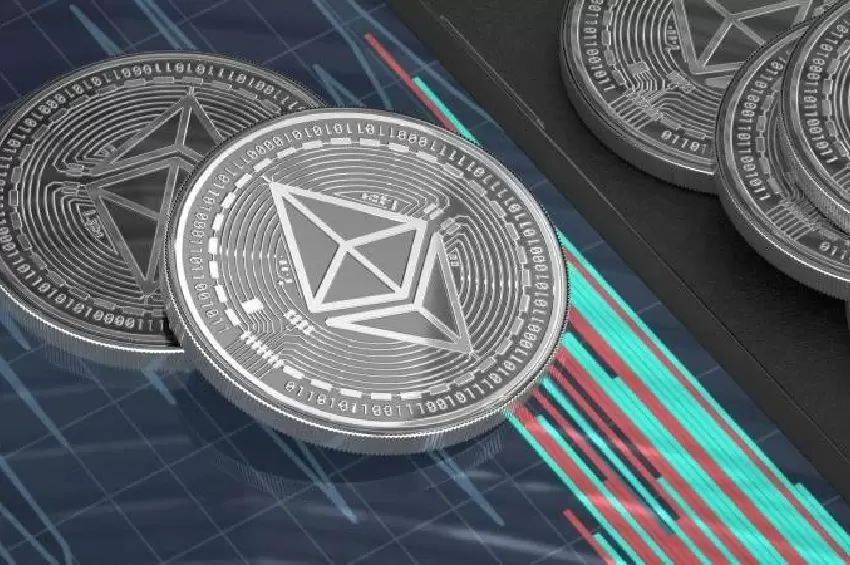
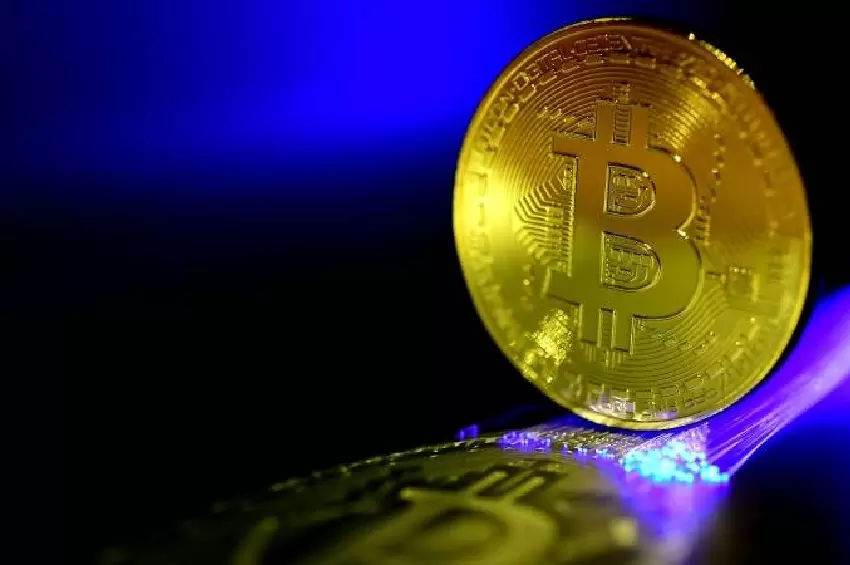

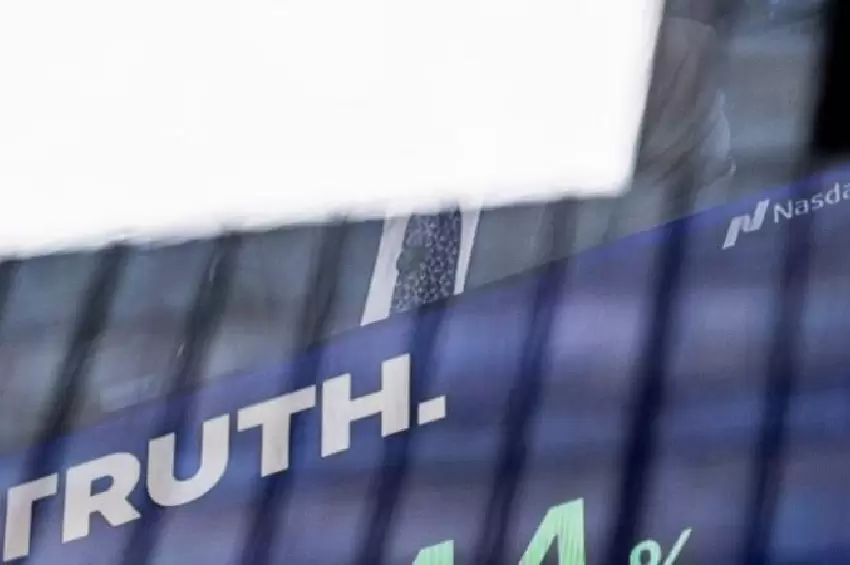

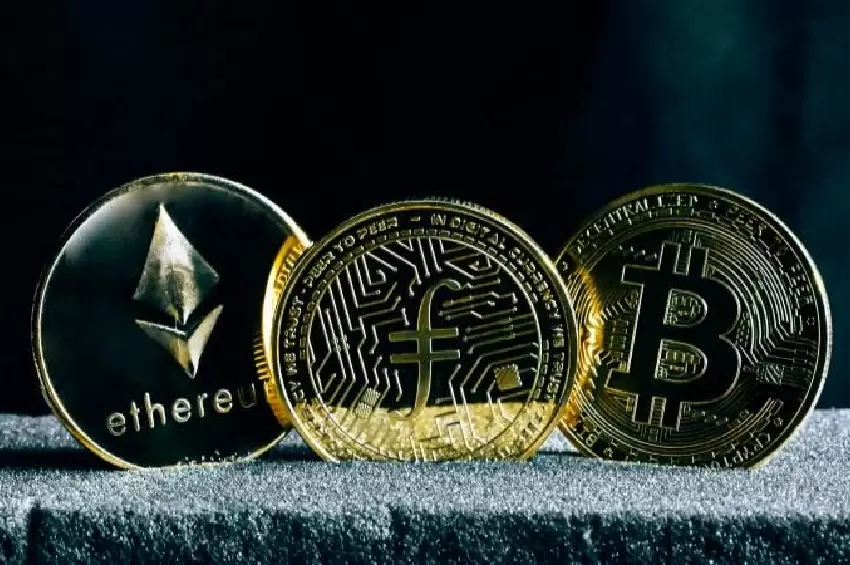
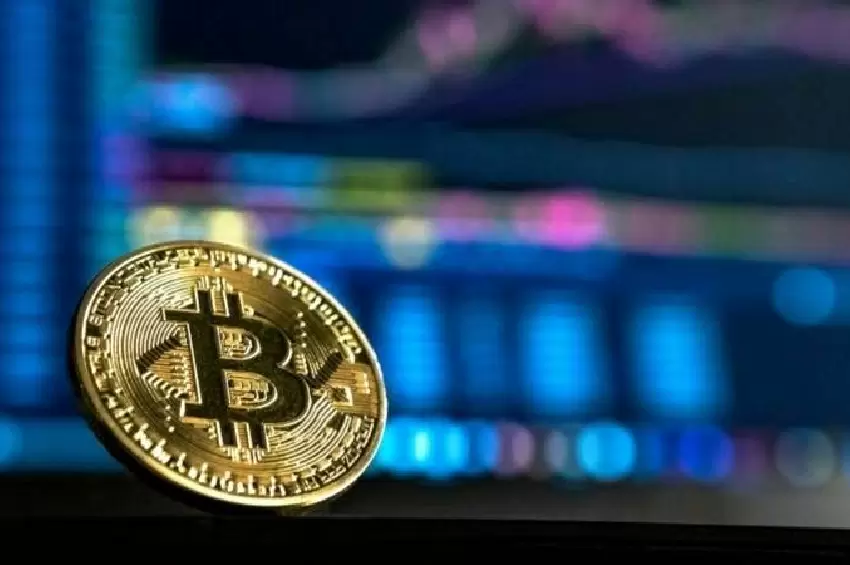
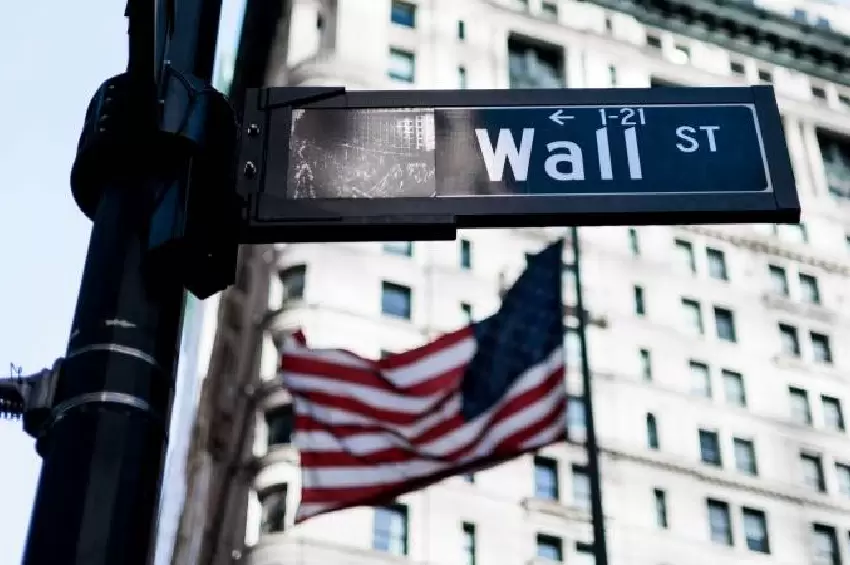
Comments